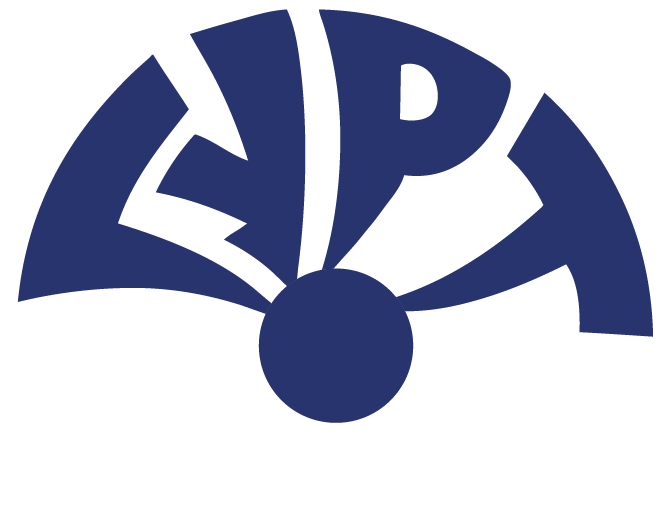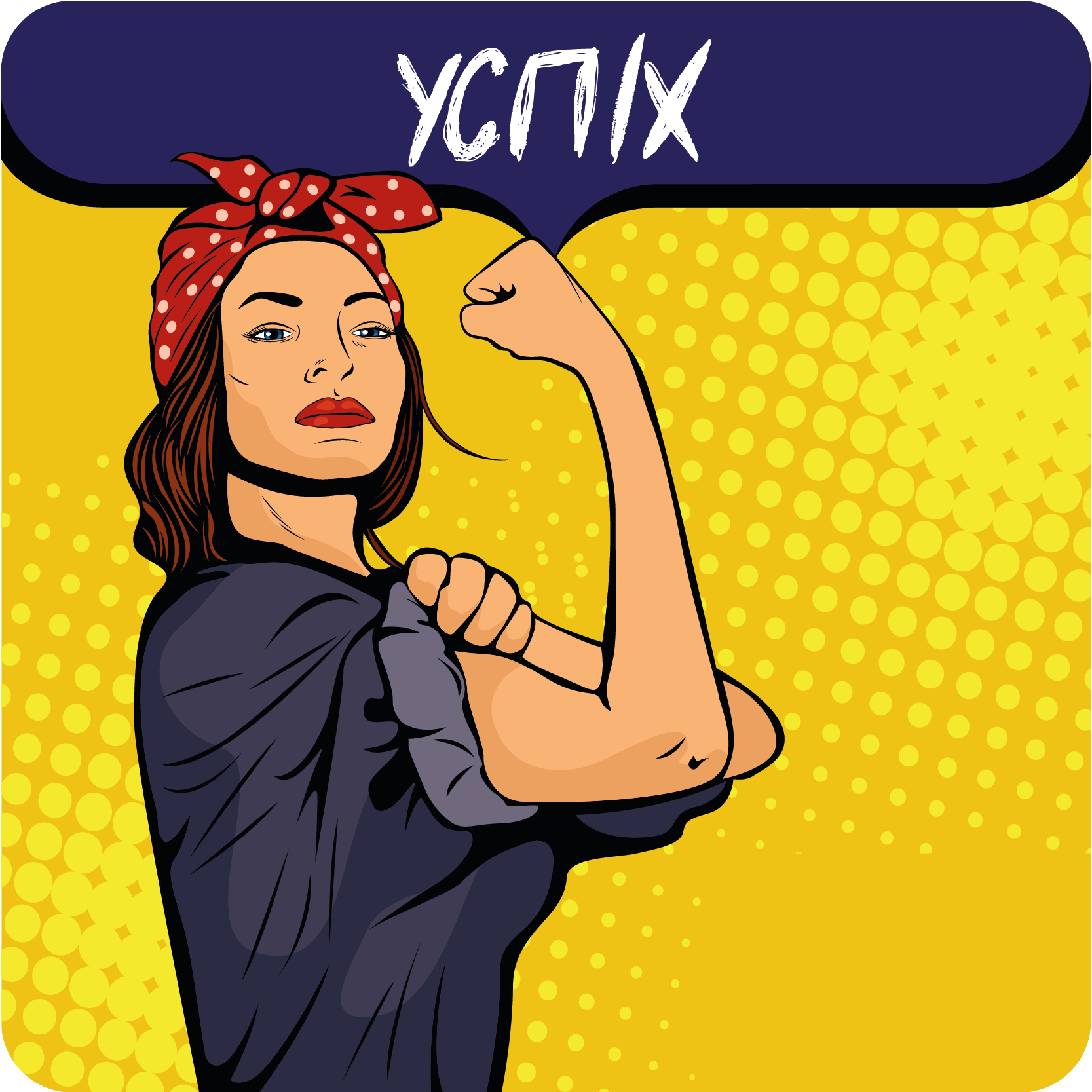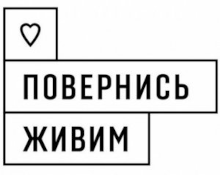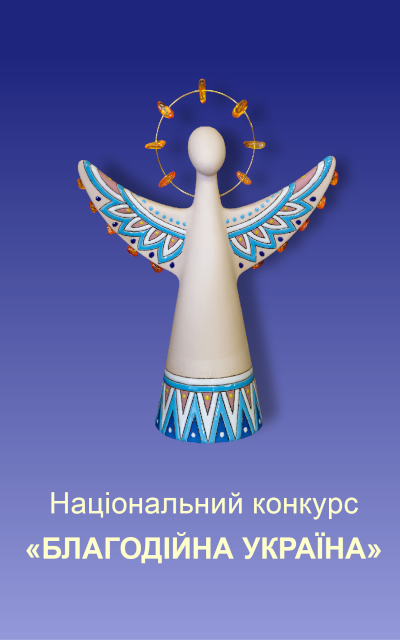


CDF Canada’s expert assignment: Gender-sensitive Value Chain Analysis – Garment/Apparel Sector
16.02.2021
Excerpts from the TOR (enclosed) are provided below:
Value chain refers to the full range of activities that are required to bring a product (or a service) from conception, through different phases of production, to delivery to final consumers and disposal after use.
Further, a value chain exists when all the stakeholders in the chain operate in a way to maximize the generation of value along the chain. The value chain analysis seeks to understand the various factors that drive the incentives, growth, and competitiveness within a particular industry and to identify opportunities and constraints for increasing the benefits of stakeholders operating throughout the industry[2]The figure below illustrates some of the key elements of value chain studies.
The purpose of this assignment is as follows:
- To identify opportunities for the integration of vulnerable women into the garment sector value chain, either in the labor force, as new entrepreneurs, or increasing value addition of existing women-owned enterprises.
- To identify and analyze potential constraints, that could adversely impact this integration.
- Based on the analysis, to make recommendations, as to project interventions that would maximize the possibility of successfully integrating vulnerable women into the garment sector.
This analysis will contribute to project interventions and workplans. The results of this analysis will be shared with project stakeholders.
The research will include but not be limited to target participants (small producers of clothing, textiles, souvenirs, car interiors (fabric and leather components), repair shops specializing in footwear and clothing repairs, and production suppliers), project target population (including key informants, women in search of work and vulnerable groups), industry experts, project partners and public/private sector representatives (including major garment sector employers, local and global buyers). The field phase of the analysis will be conducted in the selected project regions – Kyiv, Kharkiv, and Dnipropetrovsk. Besides, the desk component of the research should cover Ukraine in general and the regions which concentrate the garment industry’s strongest production and supply chains.
The deliverables of the consultancy will include the draft and final report (one electronic copy in PDF format and one in world format) in English with at least the following sections below covered:
ü Executive summary
ü Background and the socio-economic context of the value chain
ü Methodology and documentation of the process
ü Limitations and challenges, lessons learned
ü Findings from gendered value chain analysis (see Expected Outputs)
ü Conclusion and recommendations (see Expected Outputs)
ü Annexes (including, but not limited to a list of interviewed informants, a list of industry stakeholders, their role in the value chain and potential contribution, role in the project, etc.)
The report should focus on the aspects of the garment value chain relevant to the employment of vulnerable women and entrepreneurship development, existing barriers, and opportunities. The analysis should help understand overall and gender-specific issues of market access, acquiring production capability, distribution of power, value, skills, and knowledge, as well as in defining organizational initiatives and technical assistance that will address existing barriers. Once selected, the consultant is expected to produce a report in English and with special attention on the following aspects below (including, but not limited to):
Brief industry and industry sub-sectors profile:
- Market structure, the share of MSMEs in the industry, in targeted regions, and by sub-sectors where available.
- Demand for value chain outputs, various market destinations, related trends, barriers, and opportunities. Trends that might impact the garment industry employment market, but also specific for segments strongly represented by MSMEs or with high potential for MSMEs start-ups.
- The competitive position of the sector overall and MSMEs specifically, domestically and internationally. Competitiveness and opportunities of the target project regions compared to other regions of Ukraine with well-developed garment sector in the context of project objectives (vulnerable women employment potential and MSMEs development).
- The role of domestic and international standards and certification, their importance in gaining competitive advantage.
- Highlight mitigation measures that garment value-chain actors are taking to decrease environmental impact.
- Best practices of gender-responsive approach in the sector.
- Extent of the application of the UN guiding principles on business and human rights in the garment industry.
Value chain mapping and analysis:
- Value chain mapping with process activity breakdown and commercial agents’, stakeholder’s power relationship with the specific focus on:
- MSMEs, their role, and specific of interaction with other value chain actors.
- Assess the flow of products, information, and financial resources along the value chain. Describe the factors affecting the value chain actors indicating a gender-specific impact.
- Working conditions and entrepreneurship opportunities along the value chain, incl:
- Share of female employment and entrepreneurs, their representation at different stages of the value chain.
- Average earnings, value addition, and skills shortage.
- Value-chain specific barriers for women employment, entrepreneurship, moving up the value-chain, and start-up establishment.
- Garment value-chain segments and industry sub-sectors (up to 5) with the highest potential for:
- Existing MSMEs growth and profitability increase.
- MSMEs start-ups establishment.
- Employment of vulnerable women including IDP and women with disabilities.
- Cooperation among MSMEs and/or with other value-chain actors.
- Strategies, skills, and resources are needed to support the integration of MSM-sized businesses and vulnerable women into the garment value chain.
Policy environment & institutional analysis:
- Overview of the garment value chain, employment, and entrepreneurship policy environment, the structure of policy-, decisions- and advocacy making bodies and institutions. Specification of services provided by government agencies.
- Assess the supporting environment and the degree of organization of garment value chain actors, incl. women-employees and MSMEs. What services, policies, rules regulations, and infrastructure are available.
Recommendations
- Provide recommendations to the project on strategies and activities supporting existing and start-up MSMEs in the garment sector.
- Highlight key findings and derive recommendations to enhance the employment of vulnerable women in the garment sector of Ukraine through project actions and adjustments that can be implemented by industry stakeholders.
- Propose to the project interventions to enhance the competitiveness of the garment sector, also through co-operation and partnership.
- Provide recommendations on potential synergies and/or collaboration with other programs or projects (incl. governmental, international technical assistance, private) or entities (public and private) to benefit the project.
It is estimated that the research should take no more than 40 working days and can be spread over the course of 3 months (March to May 2021). Please note that the contract should be fully completed and closed BEFORE May 31, 2021. Below is a tentative schedule for the consultancy:
|
Activity/sub-activity |
Output/milestone |
Time |
|
Application (proposal) submission |
Full proposal |
February 28, 2021 |
|
Selection of Consultant |
Contract signed |
March 5, 2021 |
|
Planning Phase and Desk review |
Inception report and workplan submitted |
March 31, 2021 |
|
Data Collection Phase and Field Work |
Draft report finalized |
May 7, 2021 |
|
Technical consultation workshops with stakeholders to validate the finding conducted |
Draft report submitted to CDF Canada and presentation of research findings conducted |
May 17, 2021 |
|
Feedback by CDF Canada provided |
Final report submitted to CDF Canada |
Please submit the following documents to [email protected] no later than 4:00 p.m. EST on Sunday, February 28th, 2021, including the position title (“Value Chain Analysis”) in the subject line. Please note that consultants can apply for this position as an individual (1 person) or an organization (1 company). In the case of a company application, a maximum of 2 consultants are expected to implement the assignment.
Candidates interested in the assignment are expected to provide the following documentation:
- Current resumé or company profile[1] with a statement of experience. A minimum of 3 references should be provided.
- A technical proposal with a detailed response to the TOR, with a specific focus on the scope of work, expected outputs and deliverables, the methodology to be used, and key selection criteria for respondents.
- Initial work plan and delivery timeframes.[2]
- A financial proposal with an applicable daily professional fee and other modes of payment.
CDF Canada thanks all applicants for their interest; however, only shortlisted applicants will be contacted.
Important: the interested applicants are strongly encouraged to download and study the complete assignment TOR (enclosed).
[1]. In the case of a company application, the company should indicate the names and functions of the people whose involvement in the current assignment is expected
[2] In case of application as a company, the technical proposal should also include the distribution of duties and specify the role of a respective team member.








Коментарі